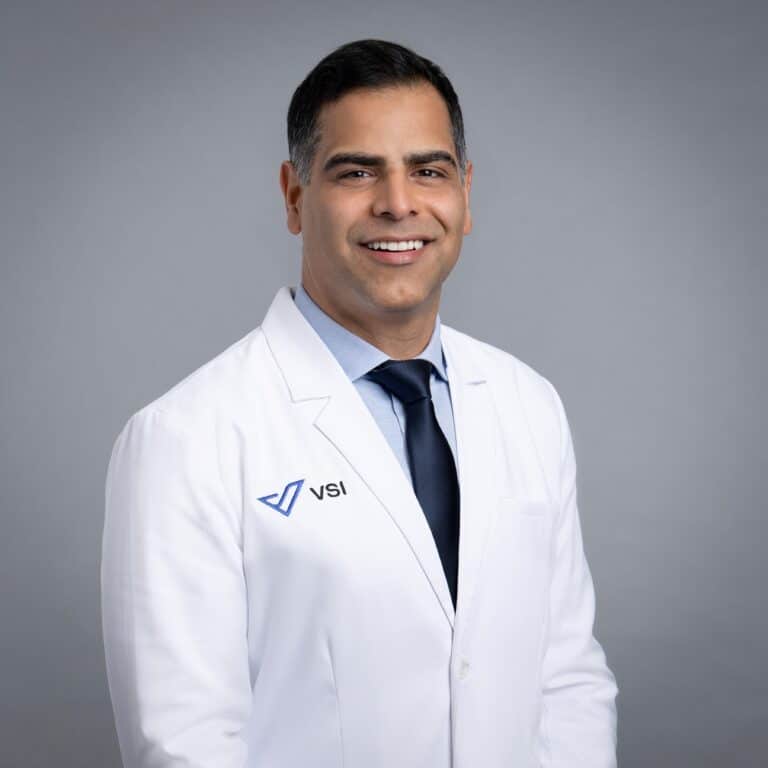Minimally Invasive Options For Spinal Stenosis In The Lower Back
What is Lumbar Spinal Stenosis?
The spinal canal is the hollow passage formed by the spine, through which the spinal cord travels. Lumbar spinal stenosis refers to the portion of the spinal cord in the lower spine (lumbar region) being pinched in the canal (stenosis).
What Are the Symptoms of Lumbar Spinal Stenosis?
When lumbar spinal stenosis occurs, patients tend to experience pain, weakness, and/or numbness in the buttocks area while standing or walking. This type of pain or numbness is called neurogenic claudication. The pain is relieved by bending forward or sitting.
What Causes Spinal Stenosis in the Lower Back?
Lumbar spinal stenosis is not caused by one single factor, but actually a combination of factors. When any of the following factors happen together, lumbar spinal stenosis can develop.
- The small joints in your lower back become enlarged due to arthritis
- Degenerative changes causes thickening of the ligaments surrounding the nerves
- Uneven curvature of the bones in your back
- Disc bulging and herniation
How Do You Treat Lumbar Spinal Stenosis?
Non-operative treatment is always the first line of action, as we try to avoid surgery whenever possible. Some non-operative options include: physical therapy, activity modification, and anti-inflammatory medications. If those treatments are not effective, then the next alternative would be epidural injections.
If a patient’s symptoms are not improving after non-operative treatments, or are worsening in numbness, weakness, having the inability to stand or walk, or issues with urinary or bowel function, then surgery may be warranted.
Minimally Invasive Options for Lumbar Spinal Stenosis
1. Laminectomy:
To spare the muscle and tendon attached, this approach takes the pressure off the spine through a minimally invasive technique.
- Decreases pain
- Decreases blood loss
- Quicker recovery
- Earlier return to work
2. Ultrasonic Spine Surgery:
This technique uses an ultrasonic blade to make the bony cuts needed to take the pressure off the nerves. By doing this it decreases both the risk to the lining of the nerve roots, and the blood loss from the bone itself.
- Decrease blood loss
- Quicker recovery
3. Artificial Disc Replacement:
This technique replaces the degenerative disc(s) that is causing your symptoms with a artificial disc that closely mimics that of the natural human spine.
- Decreases pain
- Preserves motion
- Quicker recovery
- Earlier return to work
At Virginia Spine Institute, our unique belief is to treat our patients with the most comprehensive care possible. Our team will coordinate an individualized, comprehensive treatment plan to restore you to a full and active lifestyle.
Blog Updated: 01/31/2022
Topics covered
About the Author
Featured Resources
Insights to Achieve a Pain-Free Life


